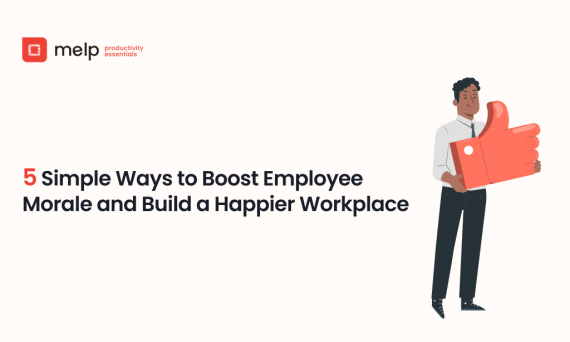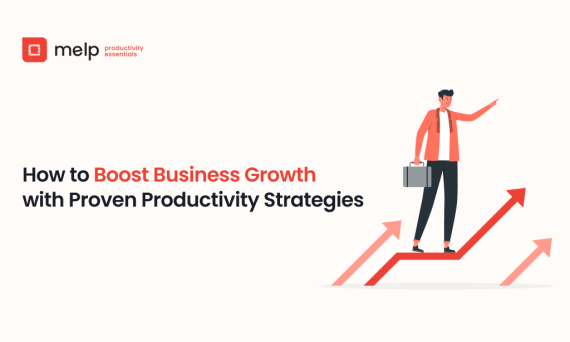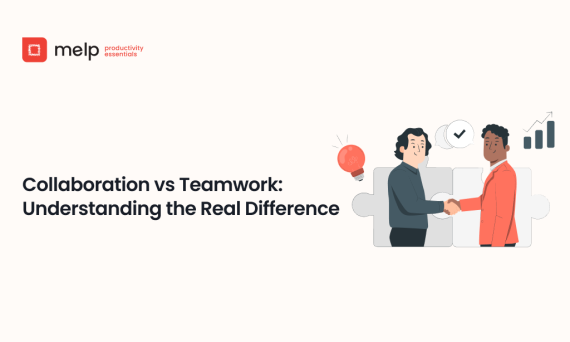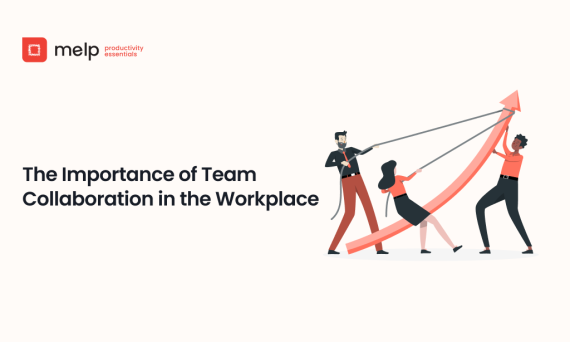Leadership, Management, and Culture
If there’s one skill that separates good professionals from great ones, it’s communication. No matter what industry you’re in, how well you express your ideas, listen to others, and respond during conversations can shape how people work with you. Business communication isn’t about fancy language or perfectly written emails. It’s about connecting with people in
Read More
Have you ever worked at a place where you barely knew your coworkers? Messages felt transactional, and coffee breaks were lonely. Chances are your motivation dipped, and you didn’t feel like going the extra mile. I’ve been there too, and it showed me how essential real connections are at work. When teams connect on a
Read More
Introduction: When Great People Don’t Make a Great Team Have you ever been part of a group filled with talented individuals, but where progress felt slow or disjointed? That often comes down to leadership. Having great people is just half the equation; someone needs to bring everyone together, clear the path forward, and maintain the
Read More
Communication in the workplace sounds simple, but it rarely goes exactly as we imagine. You might think you’ve explained something clearly, only to realize later that people took away different messages. Or a decision is made, but somehow it doesn’t reach the right people at the right time. Most of the time, it’s not intentional.
Read More
When people feel good about where they work, everything improves. Deadlines are met without panic, meetings become productive instead of draining, and coworkers support each other instead of competing silently. Team morale plays a huge role in all this, but it doesn’t just happen automatically. These days, with hybrid and remote work becoming more common,
Read More
Every growing business eventually faces the same challenge: how do you get more done without exhausting your team? Boosting productivity isn’t just about putting in extra hours. It’s about aligning focus, simplifying processes, and setting your people up for success. When organizations invest in better ways to work, they often see stronger results, happier teams,
Read More
Collaboration and teamwork might sound like the same thing, but they serve different purposes in a workplace. Knowing how they differ can help you manage people better, improve the way you handle projects, and make your workflow smoother. Many people ask, “Are collaboration and teamwork the same?” While they overlap, they have different goals and
Read More
Managing a team comes with its challenges, but it’s also one of the most rewarding parts of leadership. Whether you’re leading a small startup or guiding multiple departments in a larger company, effective team management is what keeps everything moving smoothly. It’s not just about assigning tasks—it’s about understanding people, encouraging collaboration, and making sure
Read More
In any growing company, people can’t just work in their own corners anymore. True progress starts when they begin working with each other, not just near each other. Workplace collaboration isn’t about attending more meetings or sharing a common folder. It’s about building an environment where teams contribute ideas freely, trust each other’s strengths, and
Read More
Teamwork is the backbone of any successful organization—but building a strong team doesn’t happen by accident. It takes intentional leadership, clear communication, and a genuine focus on people. A great leader doesn’t just manage tasks—they create an environment where collaboration, trust, and performance thrive. So, how exactly do strong leaders bring out the best in
Read More









